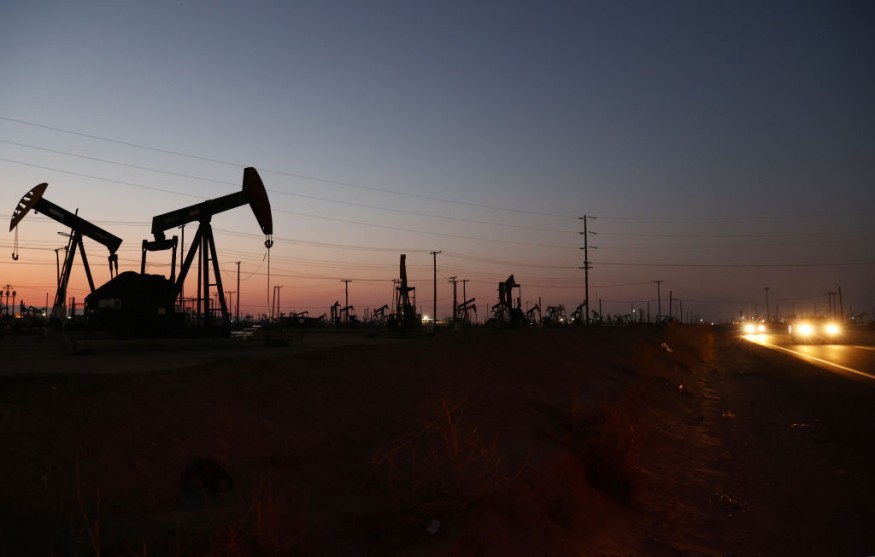
A recent study said that wetland methane emissions in the Boreal-Arctic Region increased by 9% since 2022.
Experts said that wetlands are Earth's largest natural source of methane, which is defined as a potent greenhouse gas that is about 30 times more powerful than carbon dioxide when it comes to warming the atmosphere.
Vulnerable To Climate Change
In the study, scientists said that wetland methane (CH4) emissions over the Boreal-Arctic region are vulnerable to climate change and linked to climate feedback, however, understanding of their long-term dynamics remains uncertain.
In the research, they upscaled and analyzed two decades (2002-2021) of Boreal-Arctic wetland CH4 emissions, representing an unprecedented compilation of eddy covariance and chamber observations.
They found a robust increasing trend of CH4 emissions (+8.9%) with strong inter-annual variability.
The majority of emission increases occurred in early summer (June and July) and were mainly driven by warming (52.3%) and ecosystem productivity (40.7%). Moreover, a 2 °C temperature anomaly in 2016 led to the highest recorded annual CH4 emissions (22.3 Tg CH4 yr-1) over this region, driven primarily by high emissions over Western Siberian lowlands.
Scientists said that since no long-term increasing changes in wetland area were found over the Boreal-Arctic region during the past two decades, the results suggested that the increasing trend of regional wetland CH4 emissions was induced primarily by changes in CH4 emission intensity rather than expansion of total wetland area.
However, current-generation models from the Global Carbon Project failed to capture the emission magnitude and trend, and this may bias the estimates in future wetland CH4 emission driven by amplified Boreal-Arctic warming and greening.
It was explained that methane (CH4) contributes approximately 20-30% of global emission-related radiative forcing, and is the second largest source of current anthropogenic warming, with a global warming potential 28-34 times larger than that of CO2 over a 100-year time horizon.
Most Uncertain Natural Source Of CH4 Emissions
Wetlands are the largest and most uncertain natural source of global CH4 emissions and wetland CH4 emissions are closely linked to temperature.
In a substantial portion of the Boreal-Arctic, including northern boreal and tundra ecoregions and also areas north of 50° characterized by rock and ice, it was recently observed that warming has been occurring three to four times faster than the global average.
Further, it has fuelled concerns given the positive feedbacks between CH4 emissions and warming. However, the regional response of Boreal-Arctic wetland CH4 emissions to long-term environmental change remains unknown.
Experts explained that despite the fact that methane stays in the atmosphere for far less time than carbon dioxide-10 versus 300 years-methane's molecular structure makes it 30 times more capable of warming the atmosphere than the carbon dioxide.
Higher temperatures not only enhance the microbial activity of methane-releasing microbes found in saturated soils, but they also increase the area that has water-logged soils.
In these soils, microorganisms thrive as frozen soils thaw and more precipitation falls in the form of rain instead of snow.
This is why scientists have expected methane emissions to have increased in these higher-latitude regions and why more accurately quantifying methane is urgent.
© 2025 NatureWorldNews.com All rights reserved. Do not reproduce without permission.





